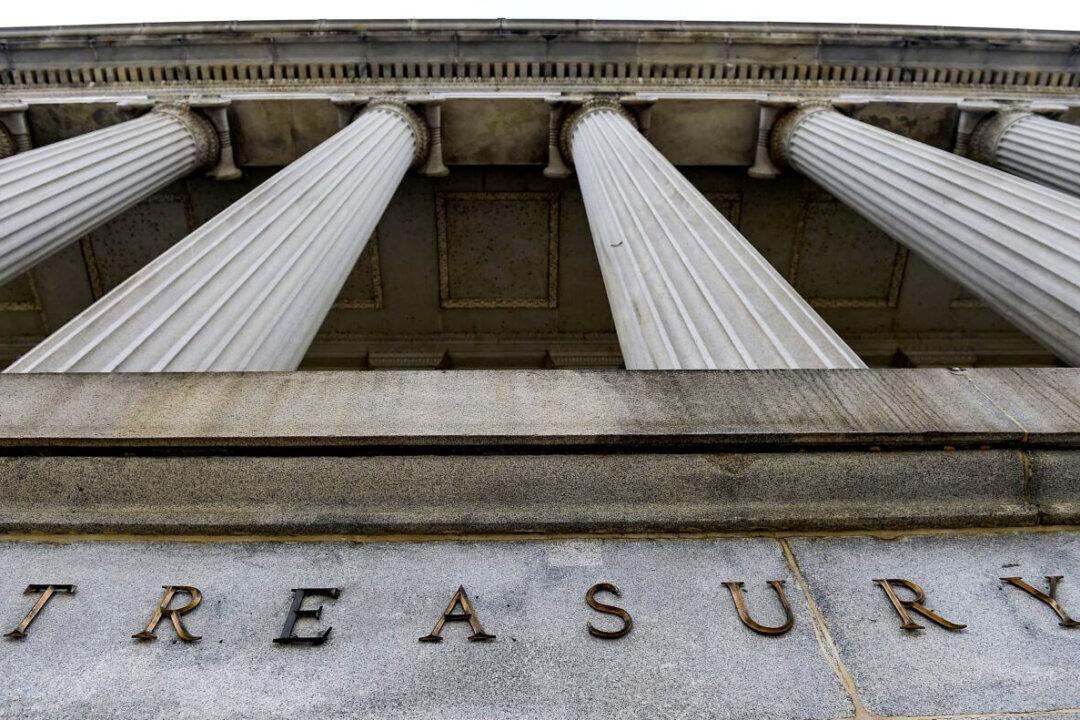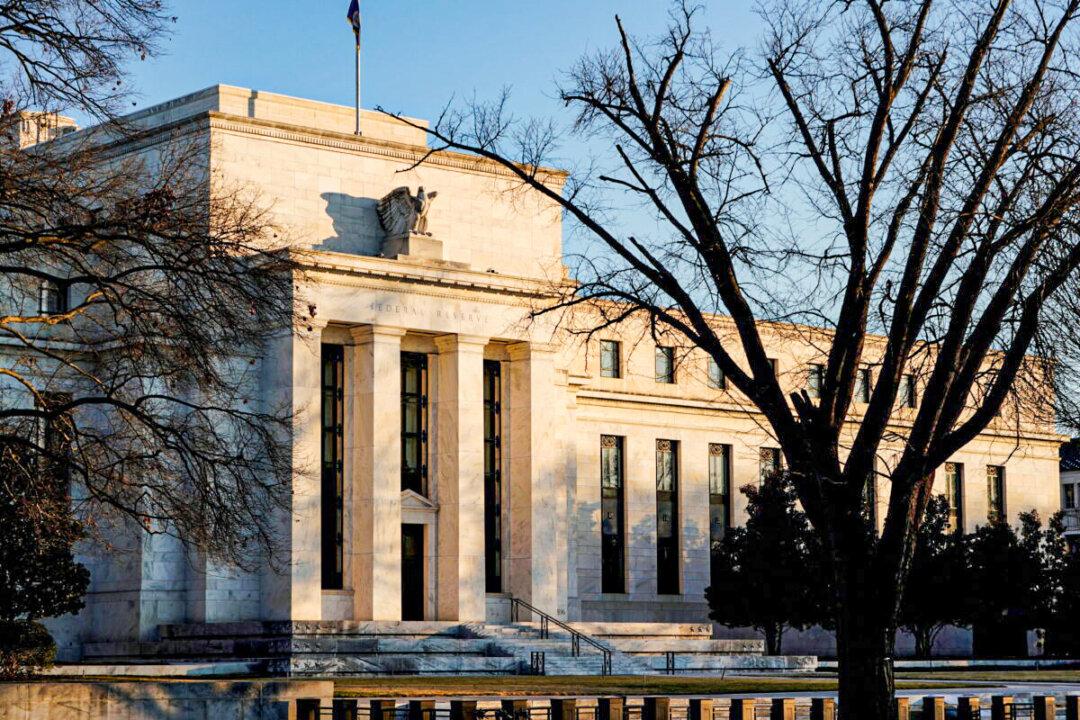Commentary
Fears over a technical default have sent Treasury yields higher this week as investors and money managers reduce uncertainty from their portfolios. While the United States has never defaulted on its debts and is unlikely to anytime soon, the recent decline in bond prices and rise in Treasury yields indicates the market believes it is possible.





